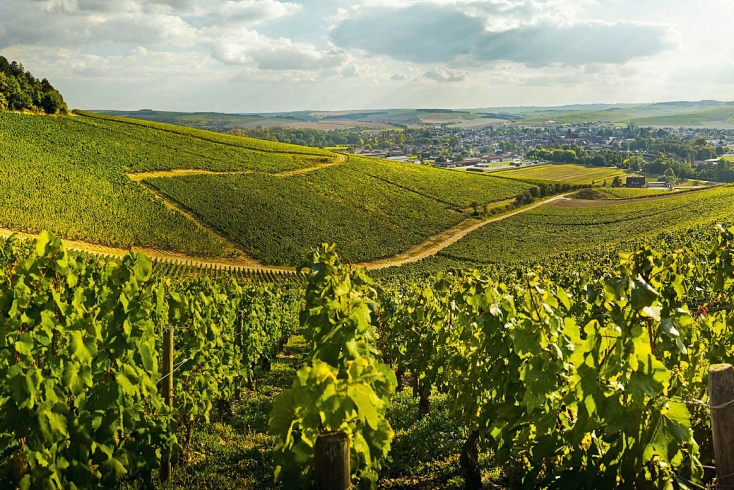If you ever bump into me at a wine bar, chances are I’ll be swirling a glass of chardonnay. This noble grape is my favourite white by some distance.
When winemaker and head of France’s famous Chablis chardonnay region Louis Moreau hit town recently, I arranged a catch-up to chat about all things chardonnay.
Chablis is the only region in France with mono-c
épage, where only one grape variety can be used in its wines: chardonnay. Eighteen villages make up the appellation and the wines are divided into four levels: petit chablis, chablis, premier cru and grand cru.
Chablis’ winemakers tend to shy away from ageing their wines in oak, to keep their purity.
“Chablis should have three characteristics: it should be fresh, it should be crispy and it should be fruity,” says Moreau.

Soil plays an important part in the character of chablis. An inland sea once covered the region and mineral and seashell deposits 240 million years ago created kimmeridgian soil, which is rich in calcareous soils and clays.
“The different soil types are the beauty of chablis,” Moreau says. “Some wines can be a bit more austere and with a little bit more tension compared to other wines, while premier cru and grand cru can be a little bit rounder or a bit more supple or tender.
“Those made on clay produce fuller wines and the chalky soils will give you nice tension.”
Much of the chablis that makes its way to Australia comes bottled under screw cap; rare for French wine. We’re the only country in the world to which some chablis producers will ship screw-capped wine. With freshness the key to good chablis, we really are the lucky country.
“Chablis being very fine, very delicate, screw cap is definitely a plus, especially when you ship them to countries with different conditions. It helps preserve the wines better,” says Moreau, who has used screw caps for six years. “It takes away the fear of having a bad bottle for consumers and for winemakers it helps preserve one, two years of our work rather than have it ruined by a cork.
“My father always said if there’s new technology, whether it’s in the vineyard or winemaking, and if it’s going to be helpful, don’t go against it. He is right.”
In the neighbourhood
Officially part of the Burgundy region, Chablis shares characteristics with the nearby Champagne.
“The first Champagne vineyard is not even an hour’s drive from Chablis,” Moreau says.
“The climate, soils, terroir is similar and back in history we were closer to the Count of Champagne rather than the landowners in southern Burgundy.”
Until relatively recently, Chablis wasn’t the domain of only chardonnay.
“Back in history there was a little bit of pinot noir and gamay, but it was pulled out,” Moreau says.
“I remember some of those vineyards when I was younger, but they were used for family consumption and workers. There was always a tank of red wine in the winery but that disappeared and we solely concentrate on chardonnay.”








